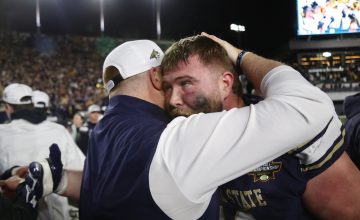For the third time in four years, football for the Big Sky Conference and around the Treasure State spilled into January. That, coupled with the fact that the FBS just put a wrap on their season on Monday, and it seems like football sucked up all the air for the last six months.
When doesn’t it? We know, we know. But Big Sky in Boise for men’s & women’s basketball is just around the corner even though it might not seem like it. This weekend, the first round of the fiercest rivalry in the league plays out in Missoula as Montana hosts Montana State for a hoops doubleheader at Dahlberg Arena with plenty of ramifications, both within the scope of the history of that clash as well as in the Big Sky standings on both sides.
And Boise is only seven weeks away. We are not quite to the midpoint. But everyone in the league has played at least six conference contests. So we figured we’d give you some early impressions on what we’ve seen around the conference so far.
Here are five things we know about Big Sky Conference men’s basketball three weeks into the conference season.
Team chemistry and toughness matter. Just ask Northern Colorado
Although Northern Colorado has not been to the NCAA Tournament since 2011 (the only Big Dance trip in school history), the Bears have had some of the league’s biggest stars over the last decade or so, particularly since the Big Sky Tournament moved to a neutral site.
From the explosive team led by Andre Spight and Jordan Davis that nearly knocked off supreme league champion Montana in an all-time classic game in Reno in 2018 to Davis’s rise to become one of the leading scorers in Big Sky Conference history to the unbelievable blossoming of Jonah Radebaugh into one of the best two-way players in the league in recent years, the best player at Northern Colorado consistently been one of the best players in the league.
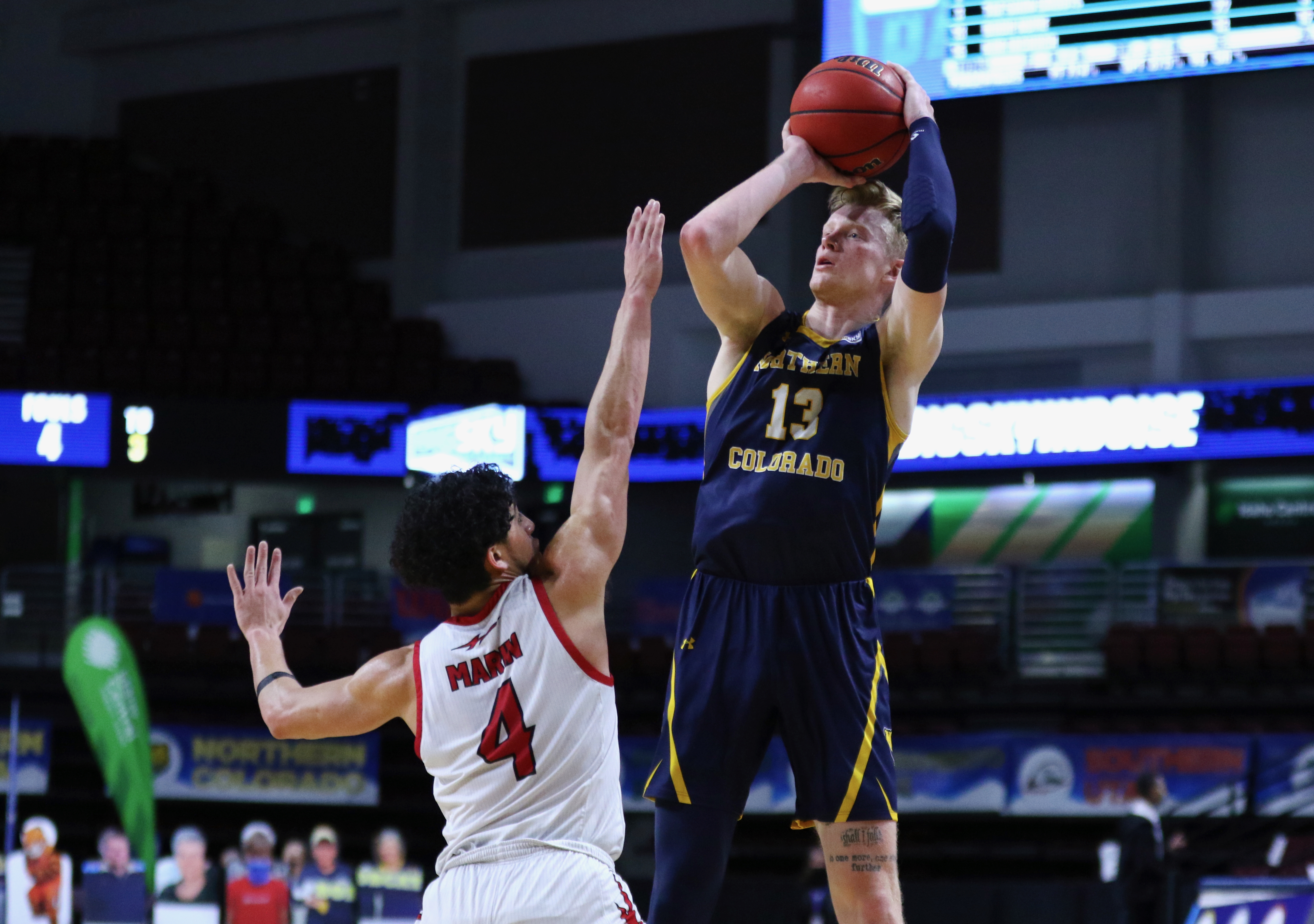
And that’s not to mention Bodie Hume, a former Freshman of the Year who saw his career evolve multiple times. Or Dalton Knecht, who led the Big Sky in scoring two years ago before transferring to Tennessee last season. After leading the Volunteers to the Elite 8, he became a first-round NBA Draft pick and is one of the leading candidates for Rookie of the Year thus far thanks to his remarkable play for the Los Angeles Lakers.
Steve Smiley’s crew this year does not have any stars like the aforementioned, although Langston Reynolds and Isaiah Hawthorne each might have something to say about that before the season is over. What the Bears do have is phenomenal team chemistry, noticeable mental toughness and a core made up of a collection of players (besides Hawthorne) who have been at Northern Colorado for at least a few seasons.
Reynolds is a junior from Denver who is thriving in his first opportunity to play a leading role. The tenacious defender has also blossomed into an unbelievably efficient scorer. He is averaging 16.8 points per game (tied for second in the league) and is shooting 61.6 percent (also second in the league) from the floor. That efficiency is a big reason why UNC is shooting 51.1 percent as a team from the field.
Hawthorne, one of the few impact newcomers in Smiley’s rotation after coming over as a graduate transfer from San Francisco, is also averaging 16.8 points per game. The 6-foot-8 wing has shot it more outside (he’s hit 38 3-pointers) but he’s still shooting nearly 48 percent.
Brock Wisne, a 6-foot-9 junior from Thornton, Colorado, has fit right in, averaging 11.5 points per game and shooting 63.5 percent from the floor.
And Jaron Rillie, UNC’s smooth 6-foot-3 Australian point guard, is running the show efficiently and with swagger. He’s third in the league in assists per game (5.1) and second in assist to turnover ratio (2.8) while averaging 9.3 points per game in his second year at the helm for Smiley’s attack, which leads the league by averaging 82 points and 17.5 assists per game.
Sometimes, efficient team balance trumps star power and powerhouse transfers. At least to this point, that’s been true for Northern Colorado, who sits atop the league standings at 6-0 and is riding an eight-game winning streak for an overall record of 14-5.
Montana might have the most talent in the conference. But can Money & the Griz cash it out?
Only one player in the Big Sky is appearing on various mock draft lists for NBA pundits. That’s Montana sophomore combo guard Money Williams.
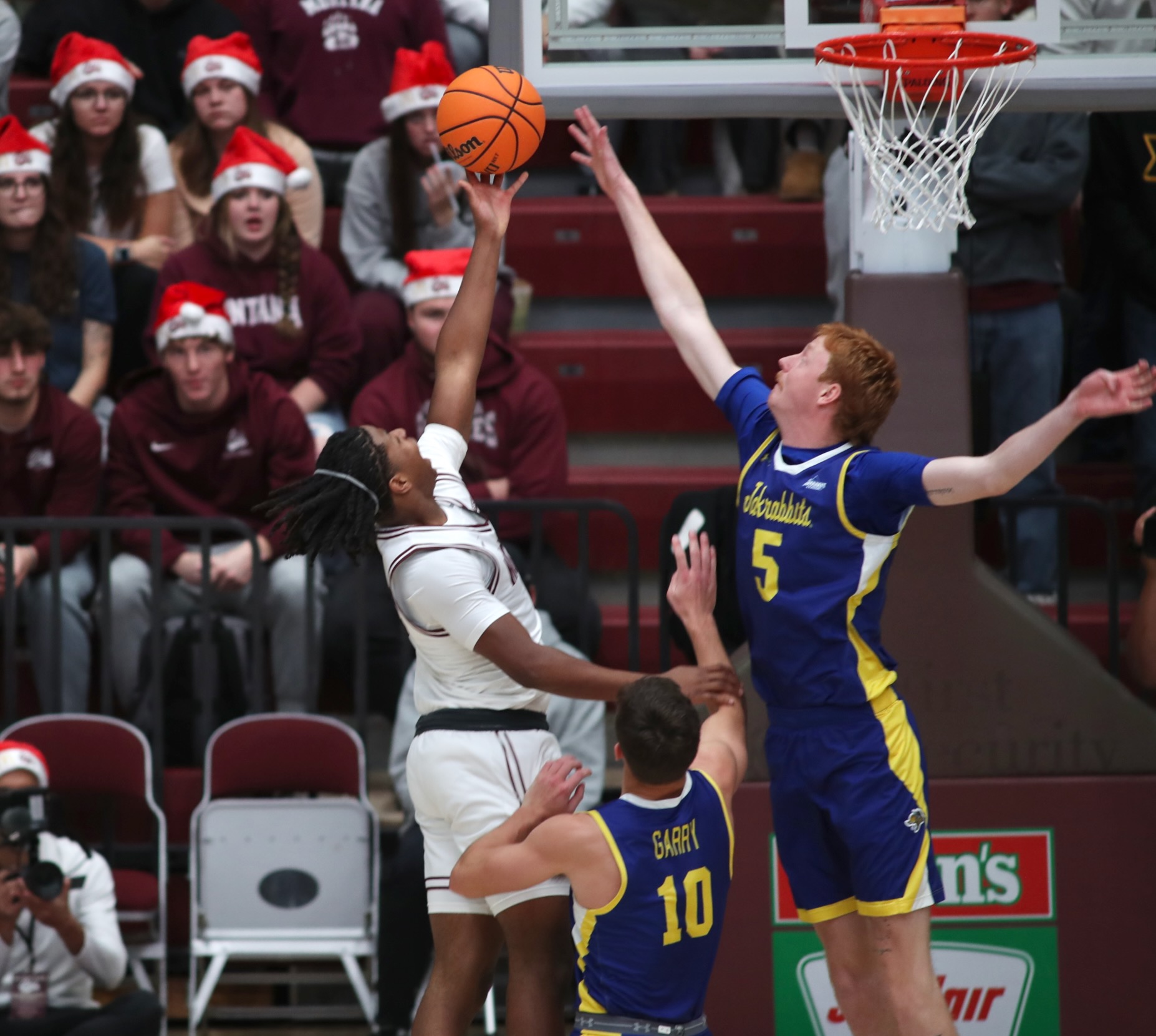
Only one player in the Big Sky has been on the SportsCenter Top 10 countdown on multiple occasions. That’s UM’s high-flying power forward Joe Pridgen.
Only one player in the Big Sky is working on becoming a true wire-to-wire fifth-year starter. That’s Montana super-senior guard Brandon Whitney, who has already moved into 12th place in school history in points (1,455) and assists (405) in a career that includes 136 starts and counting.
And that’s not to mention the emergence of stud swingman transfer Malik Moore, who’s averaging a Griz-best 13.6 points per game after coming over from Pepperdine. Or Kai Johnson, a Division II All-American who averaged almost 22 points per game last season at Western Washington during a career that saw him score 1,133 points before coming to Missoula.
Plus, Montana is led by head coach Travis DeCuire, who is in his 11th year at his alma mater and has 213 wins to his credit.
All that talent has led to high-water marks for the Griz, including the program’s first win over a Top 100 NET team since 2018 when Montana beat South Dakota State 71-67 on December 4.
The season has also had some perplexing moments, like a 104-76 loss at Northern Iowa just before Christmas.
During league play, UM has been great at times, like during a 3-0 start to set up a first-place showdown in Missoula with Northern Colorado. The Griz have also no-showed a few times, like in the 81-57 loss to the Bears that marked UNC’s sixth win in its last seven trips to Missoula.
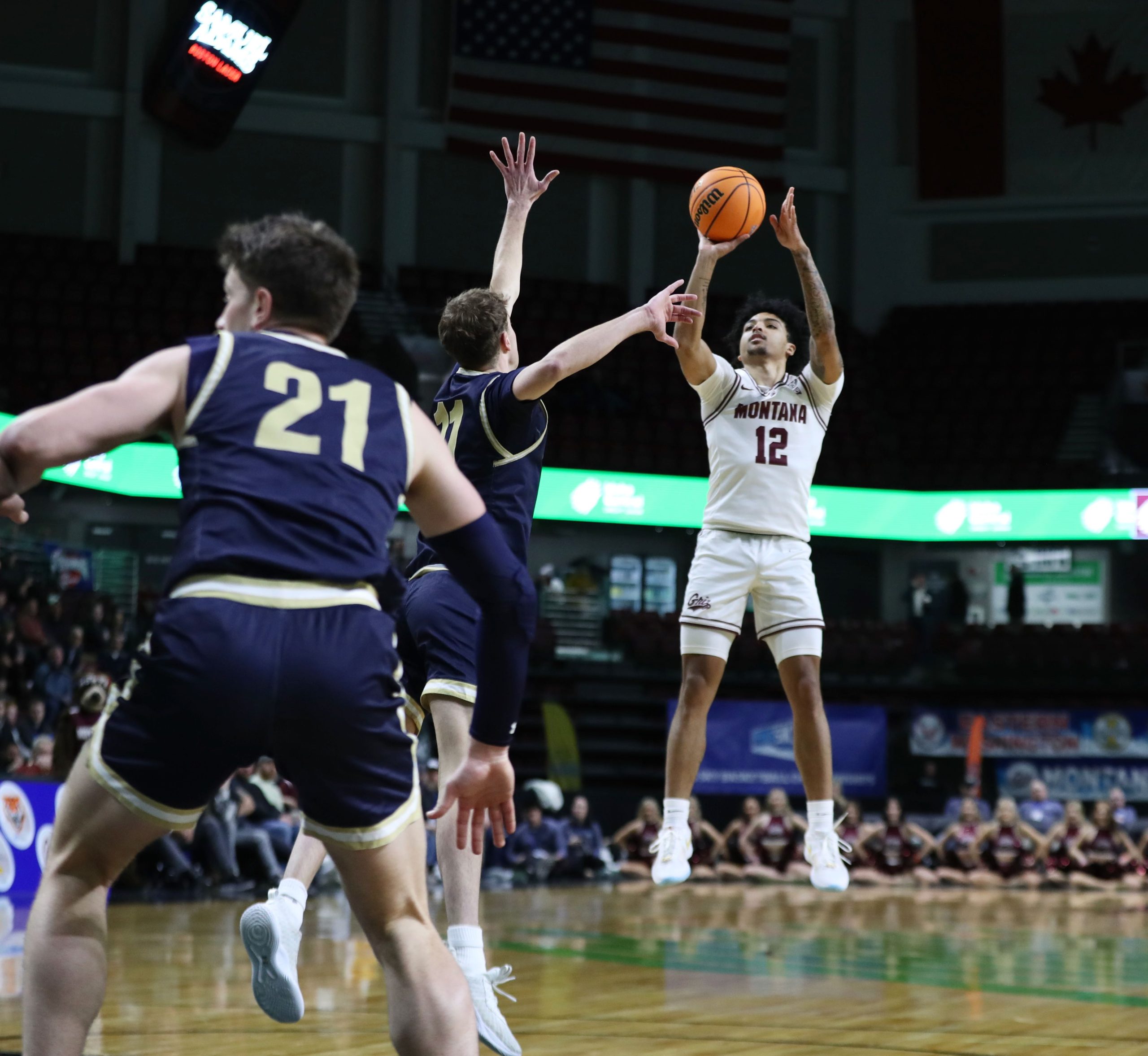
Last week, one of the biggest head scratchers yet played out in Pocatello, Idaho. Just two nights after winning at Weber State, Montana built a 44-36 lead over Idaho State only to lose the second half 50-17 in an 86-61 loss.
To Montana’s credit, the Griz bounced back for a 72-67 win over Idaho to earn a season sweep of the Vandals. UM sits at 5-2 in league play, alone in second place, so there’s no reason to panic.
Williams is one of the smoothest players the league has seen in recent years. He can get to whatever spot he wants on the floor. He’s a deft passer, as evidenced by his nine assists Monday against Idaho. He can take over a game by scoring, facilitating or, often, just by existing.
That’s a start. Then you add Pridgen, whose high motor, jumping ability, aggressiveness and confidence are a breath of fresh air for the Griz. Moore has proven he can be a silky smooth scorer, as has Johnson. And Whitney is Mr. Steady.
If Montana hits its stride at the right time and finishes the campaign strong, a run at the Big Sky Tournament is likely and an NCAA Tournament bid could be in the cards.
Montana State struggled early, but don’t count the Bobcats out
In the second season under Matt Logie, Montana State is still finding its way. The Bobcat roster includes a variety of new faces trying to mesh with consistent returners like Tyler Patterson, who started every game of his career over the last four years before missing Monday’s win against Eastern Washington, along with Sam Lecholat, a spark plug from Wyoming who’s been the energy guy for the Bobcats over the last four years.
Montana State has had plenty of ups and downs, including a 0-3 start to league play, only to turn around and win three of the last four entering Saturday’s showdown with the Griz.
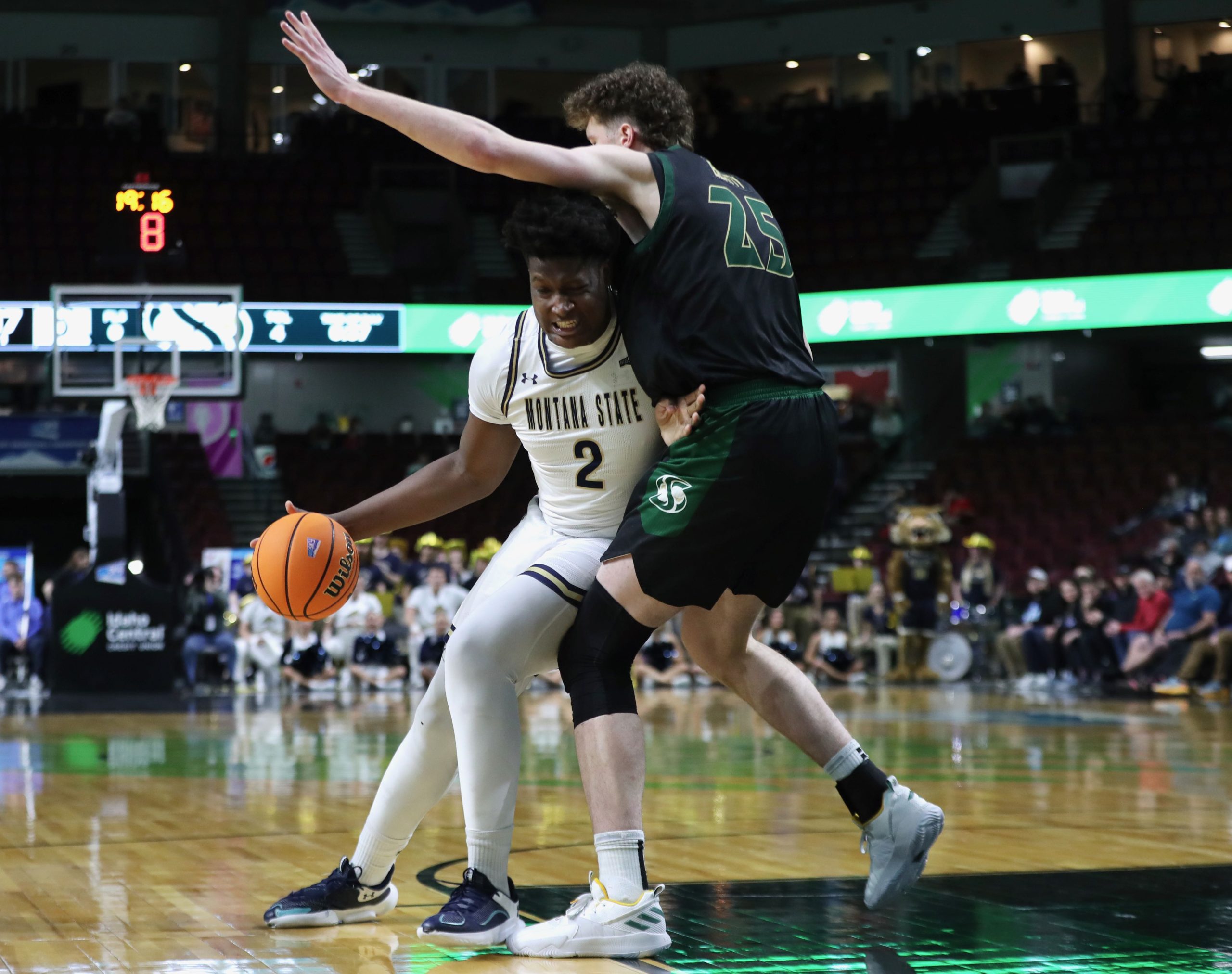
The thing is, you could’ve written most of that about last year’s team, too. Sure, last year’s Bobcats had the ominous task of replacing one of the greatest collections of talent in MSU history, including former league MVP Jubrile Belo, who graduated, along with Raequan Battle, Great Osobor and Darius Brown II, each of whom transferred to big-time programs.
And Logie had to take over for Danny Sprinkle, one of the most beloved figures in the modern history of Bobcat athletics.
The Bobcats rode the roller coaster for most of the conference season. Then Logie’s “avalanche basketball style” kicked into overdrive and MSU put together one of the most memorable and surprising runs in the history of the Big Sky Tournament to qualify for the Big Dance for the third year in a row.
It’s proven challenging to replace Robert Ford III, MSU’s virtuoso point guard who was the Big Sky Tournament MVP last season. Jabe Mullins, a 6-foot-6 Washington State transfer, was the starting point guard until last weekend. Logie made a shift, inserting junior Bryce Zephir, a former All-Region junior college player, into the starting lineup. Montana State beat Weber State and Eastern Washington with the new starting lineup that also included Lecholat in the first five.
Max Agbonkpolo, a 6-foot-9 grad transfer who made stops at USC (2019-2022), Wyoming (2021-2022) and Utah State (2023-2024), is one of the best athletes in the conference. Brandon Walker, a 6-foot-7, 270-pound bull in a china shop, is one of the most powerful post scorers for the second season in a row. Junior Patrick McMahon, a 6-foot-7 swingman from Alaska with oodles of talent, is rounding into form.
If senior Brian Goracke, who was an All-Tournament team selection last season, can return to the production that made him a preseason all-league selection, and Montana State can stay the course like a year ago, MSU will be right there when Big Sky in Boise comes back around.

Idaho and Idaho State are improved
Between 2012 and 2022, Idaho State finished in 10th place in the Big Sky Conference seven times.
In four seasons under head coach Zac Claus between 2019 and 2023, Idaho finished 11th three times and won a total of 15 league games.
Over the last two years, Ryan Looney has been better at ISU, going 15-21 and finishing 5th and 7th, respectively. Which is certainly an improvement.
Last season in the first year under Alex Pribble’s guidance, Idaho won 11 games, the most by the Vandals since 2017-18, which was the best team of the Don Verlin era and the best team Idaho has had since returning to the Big Sky in 2014.
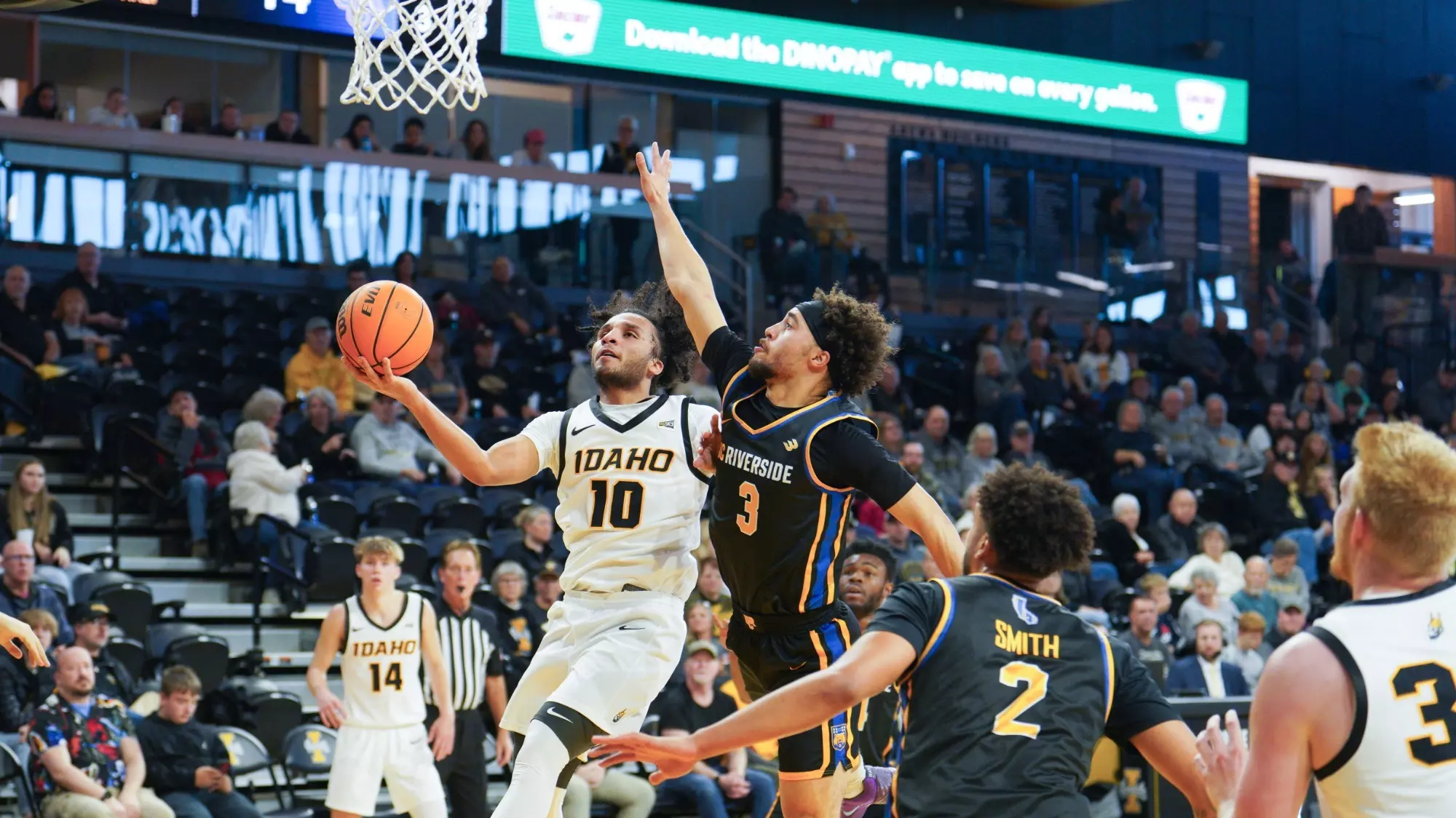
That’s all to say Idaho and Idaho State’s solid starts are the continuation of momentum that’s been building. Idaho State knocked out seventh-seeded Northern Arizona and second-seeded Northern Colorado to advance to the semifinals of the Big Sky Tournament last spring.
Pribble’s team went one and done in Boise to end last season on a four-game losing streak. This season, Idaho is 3-3 in league, with wins over Montana State, at Sacramento State and Eastern Washington. UI’s three losses include a pair of defeats to Montana and a loss at Portland State. Sophomore combo guard Kristian Gonzalez has taken the next step in his second season, averaging a team-best 11.9 points per game.
Idaho State has been even better, entering the weekend with a 3-2 conference mark that includes a sweep of the Montana schools last weekend. The 70-67 win over MSU was Idaho State’s first over the Bobcats since 2018.
ISU’s two losses include a 93-92 overtime loss at Northern Colorado when Langston Reynolds converted a lay-up with 12 seconds left to lift the Bears.
Dylan Darling, the Washington 4A Player of the Year his senior year at Central Valley High in Spokane two years ago, is one of the front-runners for Newcomer of the Year in the Big Sky. The former Washington State transfer is a flashy point guard who’s averaging nearly 16 points (6th in the league) and nearly six assists (2nd in the league) per game to lead the way for the Bengals. Six-foot-11 redshirt freshman Evan Otten is first in the league with 2.6 blocks per game for a defense that ranks second in the conference.
Northern Arizona has several stalwarts, including one of the leading scorers in the country, but that has not equaled league wins – yet.
Trenton McLaughlin followed up his preseason Big Sky Player of the Year nod with a collection of buzzer-beaters during the non-conference that helped stake NAU to a 9-4 record entering conference play.
McLaughlin has continued to pour the ball into the basket. His 21.9 points per game leads the league and ranks second nationally. He’s scored more than 100 points more than anyone in the Big Sky.
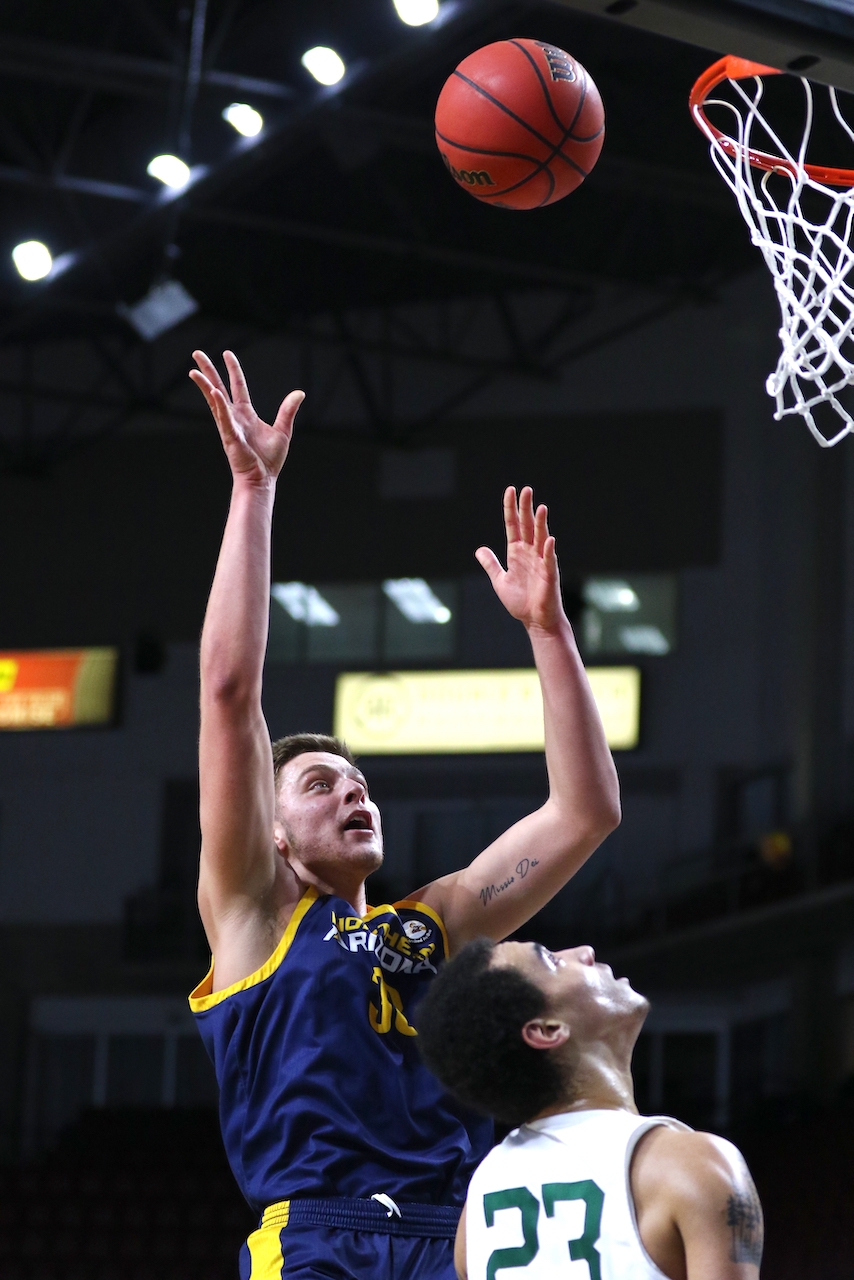
Carson Towt continues to rule the battle of the boards. His 12.6 rebounds per game lead the league and rank 7th nationally. He has 58 more rebounds than anyone in the conference.
McLaughlin and Tout have anchored NAU’s lineup for three seasons, including when the Lumberjacks overcame losing in the final seconds of seven different Big Sky games to make a run to the championship of the Big Sky Tournament two years ago. Guard Oakland Fort has also been a familiar face for NAU ever since he hit the buzzer-beater that knocked top-seeded Eastern Washington out of the BSC tourney during that run in 2023.
But this year during conference play, NAU has had a hard time breaking through. The Lumberjacks sit in a tie for 7th place with a 2-4 record. One of the reasons Idaho State is on the winning side of things so far includes a 72-67 win over NAU in Flagstaff to open league play.
NAU’s other losses include an 81-76 loss in Missoula and a 58-53 loss two nights later in Bozeman. Last week, Portland State defeated NAU 80-69, an indicator that the 3-2 Viks possibly should’ve gotten more ink in this installment.
NAU has four straight road games upcoming with games at EWU, Idaho, UNC and Weber State before returning home to host the Montana schools, meaning a reprieve is not on the horizon.
But if you have McLaughlin and Towt, you have a chance. Don’t be surprised if NAU has a fighting chance in Boise even if the league wins are hard to come by in coming weeks.





